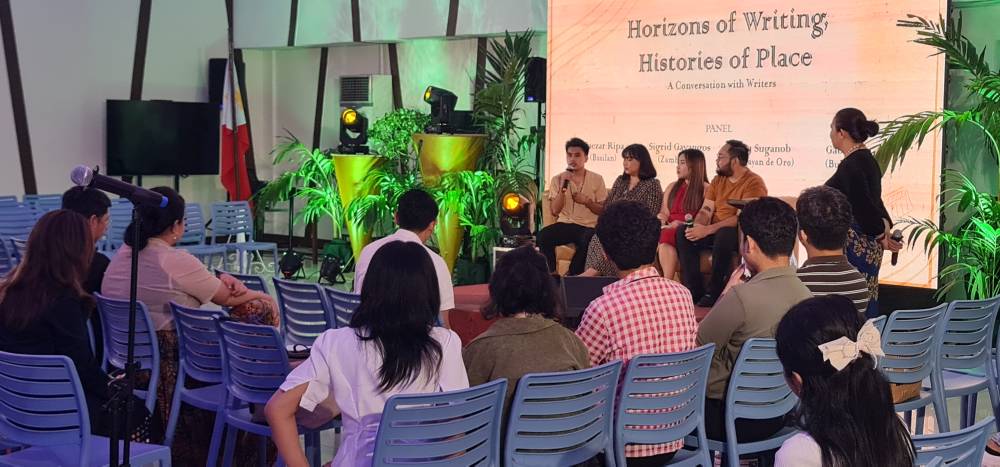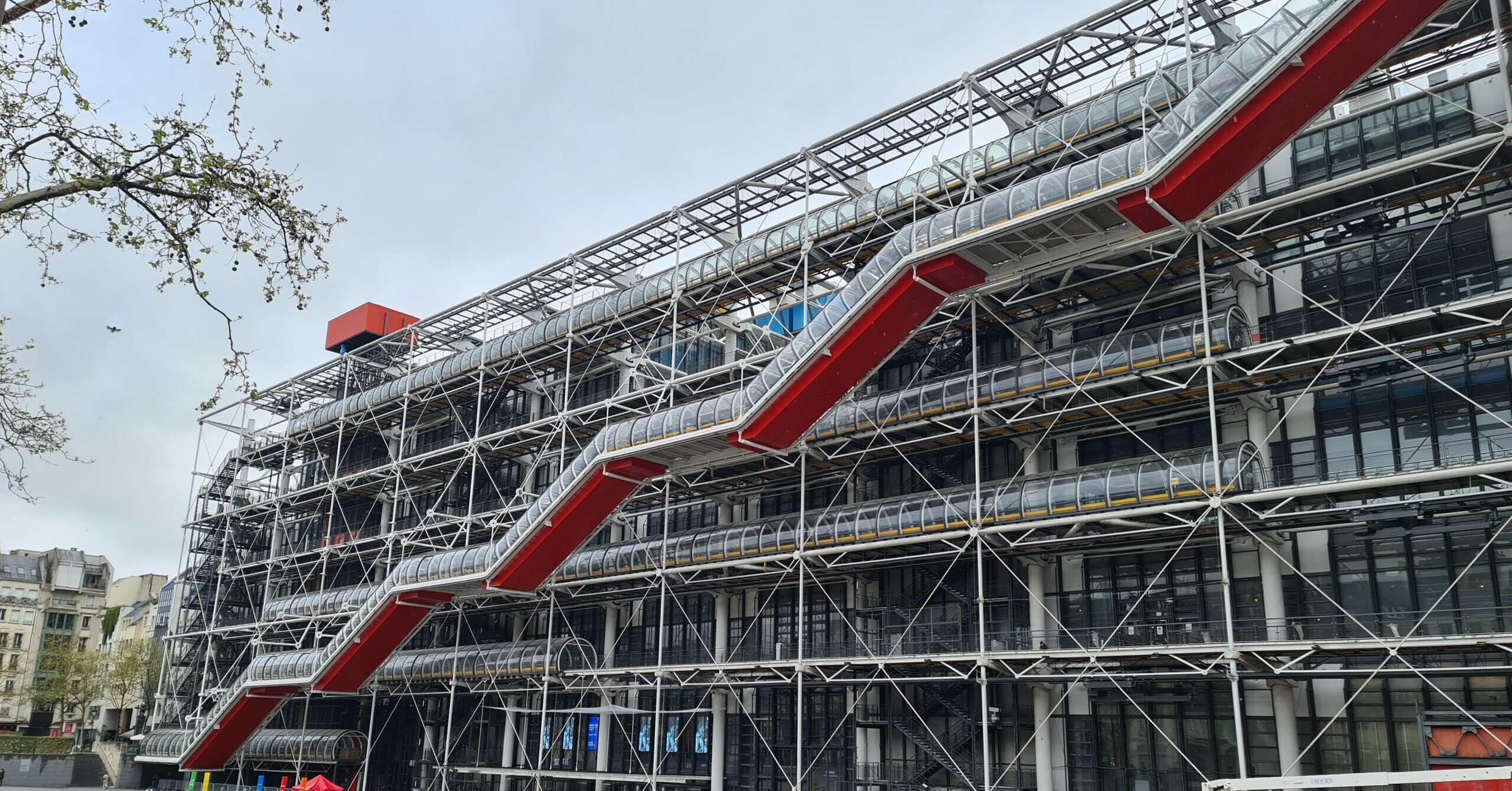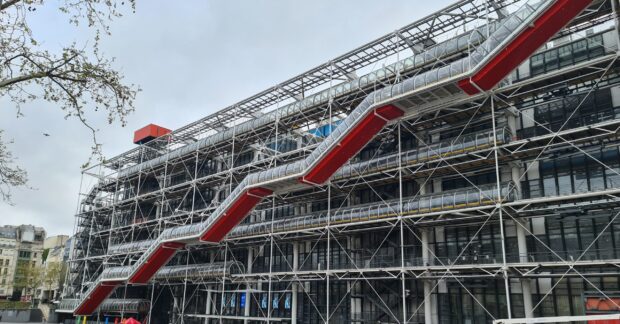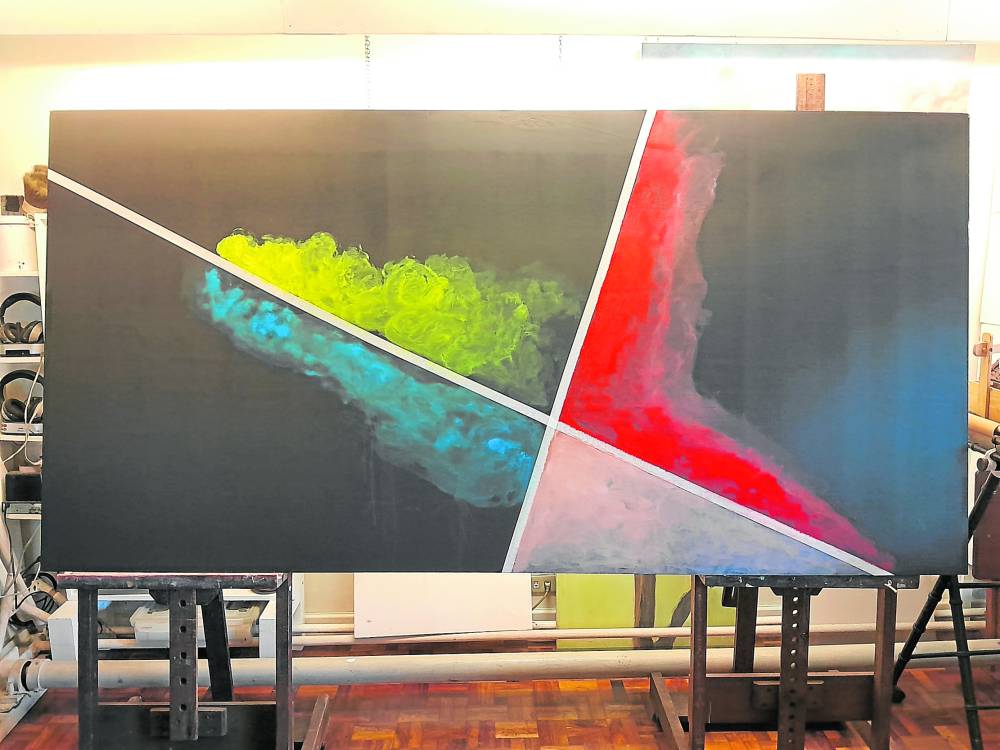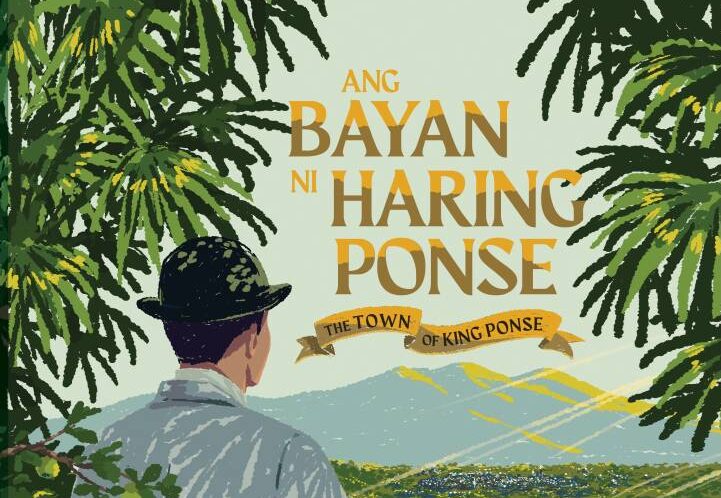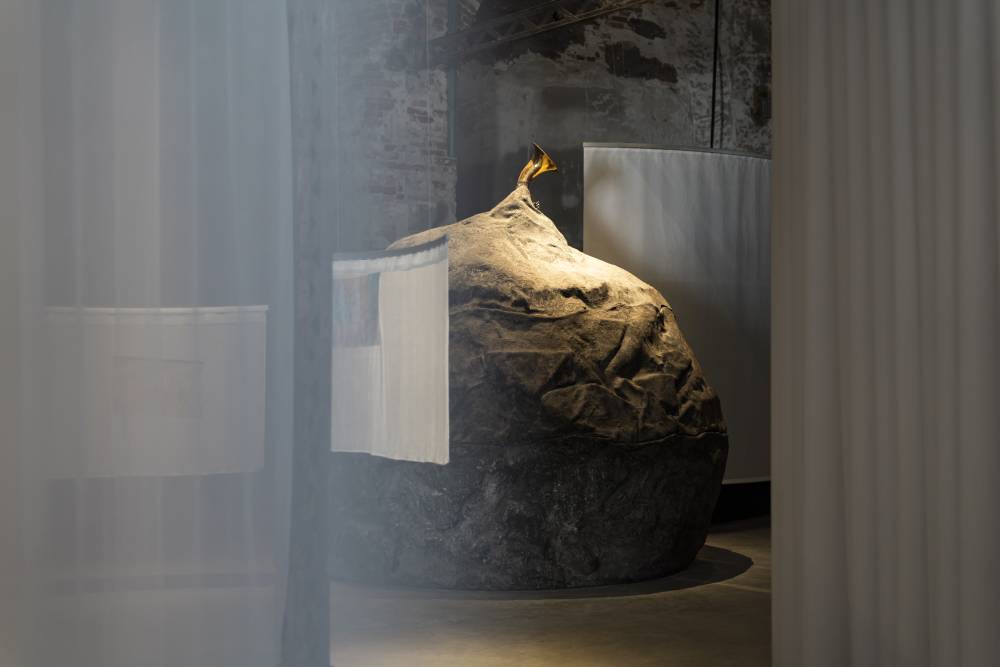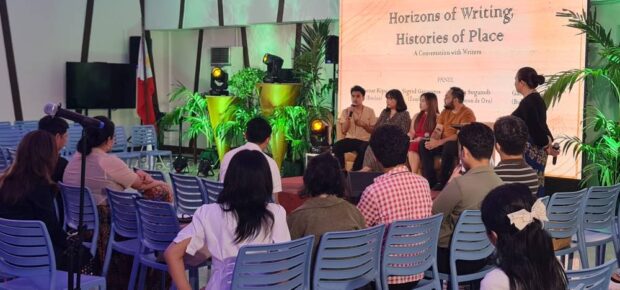
A room full of high school students was asked to give their thoughts on a short film they had just watched at the Ateneo de Zamboanga University (AdZU) audiovisual room. Some commented on the cinematography, one on the writing and another on the audio—all while the director of the film was with them in the room.
This exercise was done as part of the “Paano Magbasa ng Pelikula” session by film critic/educator and National Committee on Cinema (NCC) vice chair Tito Valiente. He was joined by NCC head Butch Ibañez and executive committee member Jose Antonio Garcia.
“You can’t just say you don’t like it, you have to validate why,” Valiente told the students who came from AdZU, Western Mindanao State University (WMSU), Zamboanga Peninsula Polytechnic State University, Immaculate Conception Archdiocesan School de Calarian and Southern City Colleges. Out-of-school youths also attended the event.
Such activities encourage critical thinking and reasoning at a young age, and are part of the National Arts Month (NAM) celebration by the National Commission for Culture and the Arts. NAM is celebrated by virtue of Presidential Proclamation No. 683 issued in 1991.
With the theme “Ani ng Sining, Bayang Malikhain,” NAM 2024 aims to outline the notion that the bountiful harvest of a Filipino creative nation is derived from collective human imagination, not just individual aspirations.
Visual and literary arts
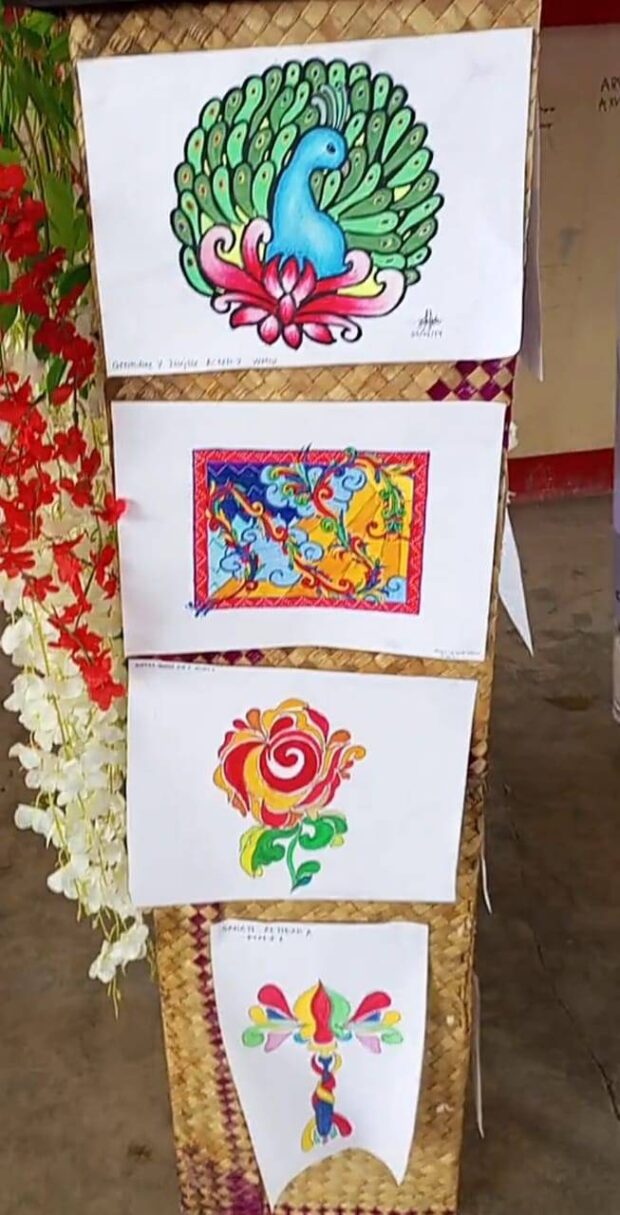
At a covered court in WMSU, meanwhile, a hundred or so drawings featuring the okir were on display. These were the output of students who participated in the “Basic Drawing” by Michael Bacol and in the “Musing on Okir: Articulating Motif in Contemporary Expression” by Al-Nezzar Ali and Chester Mato.
“The question is, how can a traditional motif be passed on to the next generation, because there are a lot of patterns that have been lost already,” said Ali, National Committee on Visual Arts secretary and a visual artist himself. “We are trying to find the relevance of such a motif.”
Ali explained that okir (Maranao) is known in many different ways: okil (Maguindanao and Cotabato), and tukkil (Zamboanga and Tausug Sulu). But it all comes from the Tagalog word ukit or “to carve.”
“The okir stands for our fight to protect and preserve the cultural heritage we have which is very rich,” Ali said. “Because of the influence of digital and AI (artificial intelligence), my question is where would culture be. It is our mandate and role as artists to really foresee how these would exist 50 years from now. Okir is only a pattern but the real issue is cultural heritage. Our heritage in Mindanao is also the heritage of the national patrimony. Destroy one and the rest is affected.”
At AdZU, Dr. Jhoanna Lynn Cruz ended her keynote speech with an impassioned reading of her work: “In the face of dying, each of us is called upon to make a choice. Sometimes, we just have to take matters in our own hands,” she said. Cruz is dean of the College of Humanities and Social Sciences of the University of the Philippines Mindanao.
Challenges of writers
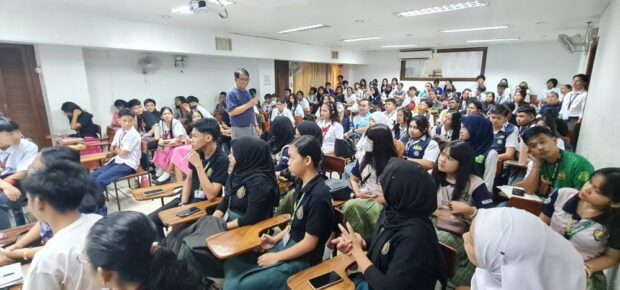
This set the tone for the panel on “Horizons of Writing, Histories of Place—A Conversation with Writers” that featured Calbi Asain (Sulu), Sigrid Gayangos (Zamboanga), Gab Olaya (Bukidnon) and Caezar Ripa (Basilan).
The four youngsters each gave attendees an insight into their own journeys as regional writers, the challenges of being one and how they thrive during these times.
Ripa described literature as the most accessible form of art and he likened finding one’s voice in writing to being a free bird.
For Gayangos, the need to support more writings from the peripheries and writers who write in nondominant languages is a must. The UPMin instructor added that some commercial publishing houses in the country have “very anti-writer and very restrictive contracts” and that writers should also be better educated in terms of intellectual property and publishing rights so they understand what they’re signing up for. Thus, there is a growing group of writers who have chosen to self-publish.
Gayangos likewise called for standard freelancer rates so writers can be rightly compensated, as many juggle with side projects and are prone to exploitative labor practices.
In her talk, “Arts (culture) + Climate Crisis,” interior designer Katherine Anne Correa highlighted the role creatives can play in designing a more sustainable society, during the upcycling workshop held at the Astoria Grand Hotel, along with fellow designers Esmeralda Ayag and Brigid Sarmiento.
Part of the “Saan Ka Lulugar” (SKL) lecture series, it encouraged students to become innovators and visionaries as future Filipino architects, environmental planners, interior designers and landscape architects. SKL 2024 aligned its activities with the theme “Bata, Bata, Saan Ka Lulugar sa Kinabukasan ng Bayan?,” emphasizing the youth’s role in shaping the nation’s future and their significance in Filipino family and community-building.
Other workshops included Architecture Model-Making, Environmental Planning and the Luntian Pook Workshop. —CONTRIBUTED

